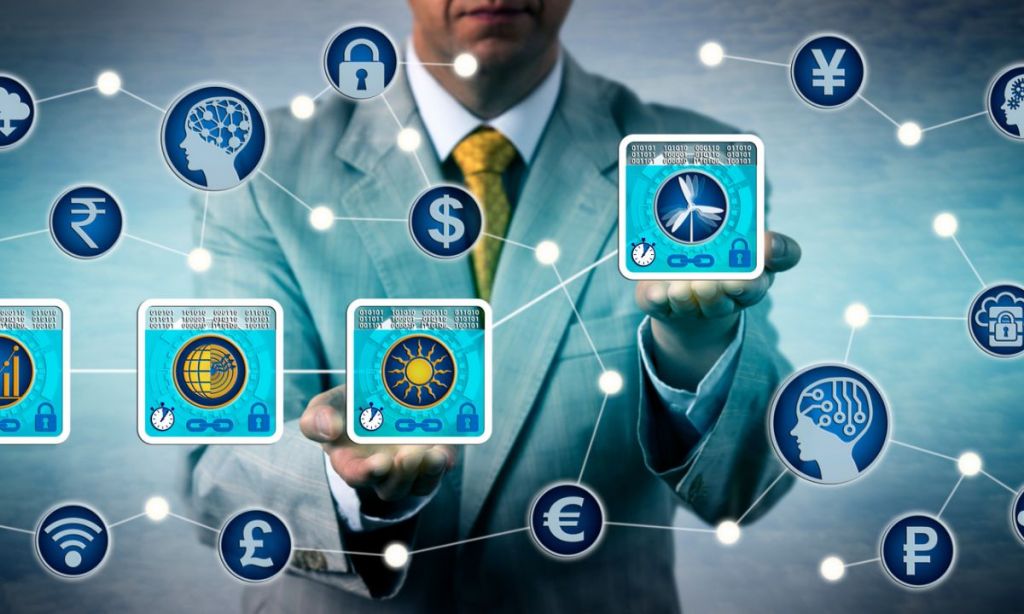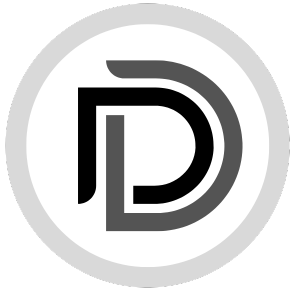Blockchain and Web3 technology have been creating waves in various industries, promising to revolutionize how we interact with digital assets and the internet. In this blog post, we will explore the fundamentals of blockchain technology, its applications, and how it integrates with Web3 to unlock new possibilities. Let’s dive in!
What is Blockchain?
At its core, blockchain is a decentralized and immutable digital ledger that records transactions on multiple computers. Each transaction is stored in a “block,” which is added to a “chain” of previous blocks, hence the name blockchain. The distributed nature of the ledger ensures transparency, security, and resistance to tampering.
Key Features of Blockchain
1. Decentralization: Unlike traditional centralized systems, blockchain operates on a peer-to-peer network, where each participant (node) has a copy of the entire ledger. This removes the need for a central authority and enhances security.
2. Transparency: All transactions recorded on the blockchain are visible to all network participants. This transparency fosters trust and accountability.
3. Security: Blockchain uses cryptographic techniques to secure transactions. Once a block is added to the chain, it becomes nearly impossible to alter, providing a high level of security.
Blockchain Applications
Blockchain technology finds applications in various industries beyond cryptocurrencies. Some notable examples include:
- Financial Services: Blockchain enables secure and fast cross-border transactions, eliminates middlemen, and facilitates decentralized finance (DeFi).
- Supply Chain Management: It allows for transparent tracking of goods, reducing fraud and ensuring product authenticity.
- Healthcare: Blockchain can securely store and share patient records, ensuring data privacy and preventing unauthorized access.
- Real Estate: Smart contracts on the blockchain streamline property transactions, reducing the need for intermediaries and paperwork.
Web3 and the Decentralized Internet
Web3 refers to the next generation of the internet, characterized by decentralization and user empowerment. Traditional Web2 platforms, dominated by centralized entities, control user data and online interactions. Web3 aims to shift the power back to individuals, allowing them to own and control their data, identities, and digital assets.
Blockchain plays a vital role in enabling Web3. By integrating blockchain technology, Web3 platforms ca create decentralized applications (dApps) that operate without intermediaries and leverage the advantages of blockchain’s security and transparency. Smart contracts, and self-executing agreements on the blockchain, enable automation and remove the need for middlemen in various processes.
The Promise of Web3
Web3 technology holds tremendous potential across numerous sectors. Here are a few ways Web3 is reshaping industries:
- Finance: Decentralized finance (DeFi) platforms built on Web3 enable permission less lending, borrowing, and trading of digital assets, opening up financial services to a global audience.
- Gaming: Web3 introduces the concept of non-fungible tokens (NFTs), which allow gamers to truly own in-game assets and trade them securely on blockchain-powered marketplaces.
- Social Media: Web3 platforms enable users to have control over their data, rewarding them for their contributions and allowing for more transparent and censorship-resistant social networks.
- Identity and Privacy: Web3 technology provides users with self-sovereign identities, giving them control over their personal information and reducing the reliance on centralized identity providers.
Challenges and Road Ahead
While blockchain and Web3 technology offer immense potential, there are still challenges to overcome. Some key hurdles include scalability issues, regulatory frameworks, and user experience. However, with ongoing research and development, these challenges are being addressed, paving the way for widespread adoption of Web3 technology.
Conclusion
Blockchain and Web3 technology are transforming the way we interact with digital assets, finance, and the internet as a whole. With decentralization, transparency, and enhanced security, blockchain brings numerous benefits to various industries. Web3 builds upon this foundation, empowering individuals and reshaping sectors ranging from finance to gaming and social media. As we move forward, it will be exciting to see how these technologies continue to evolve and shape our digital future.








